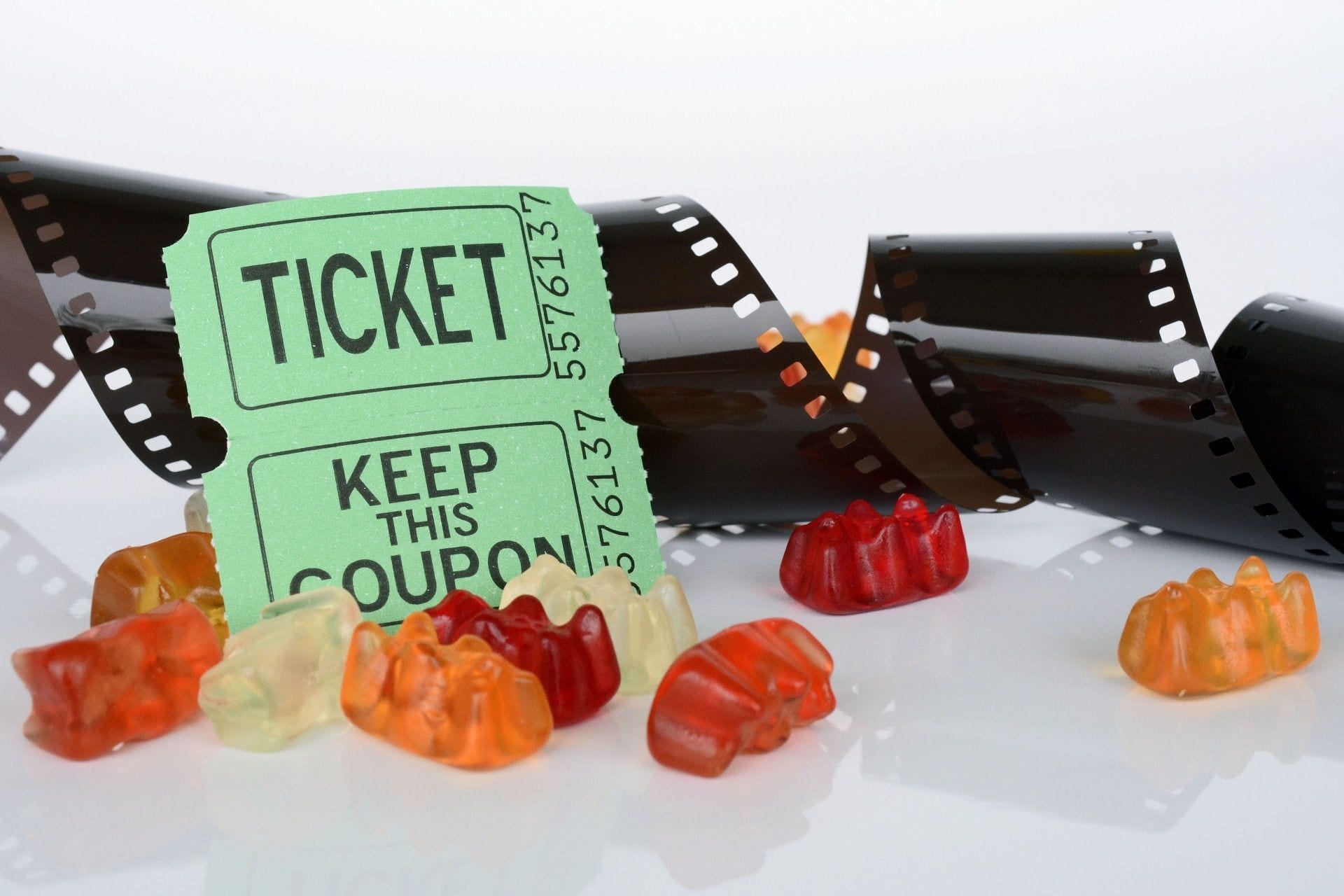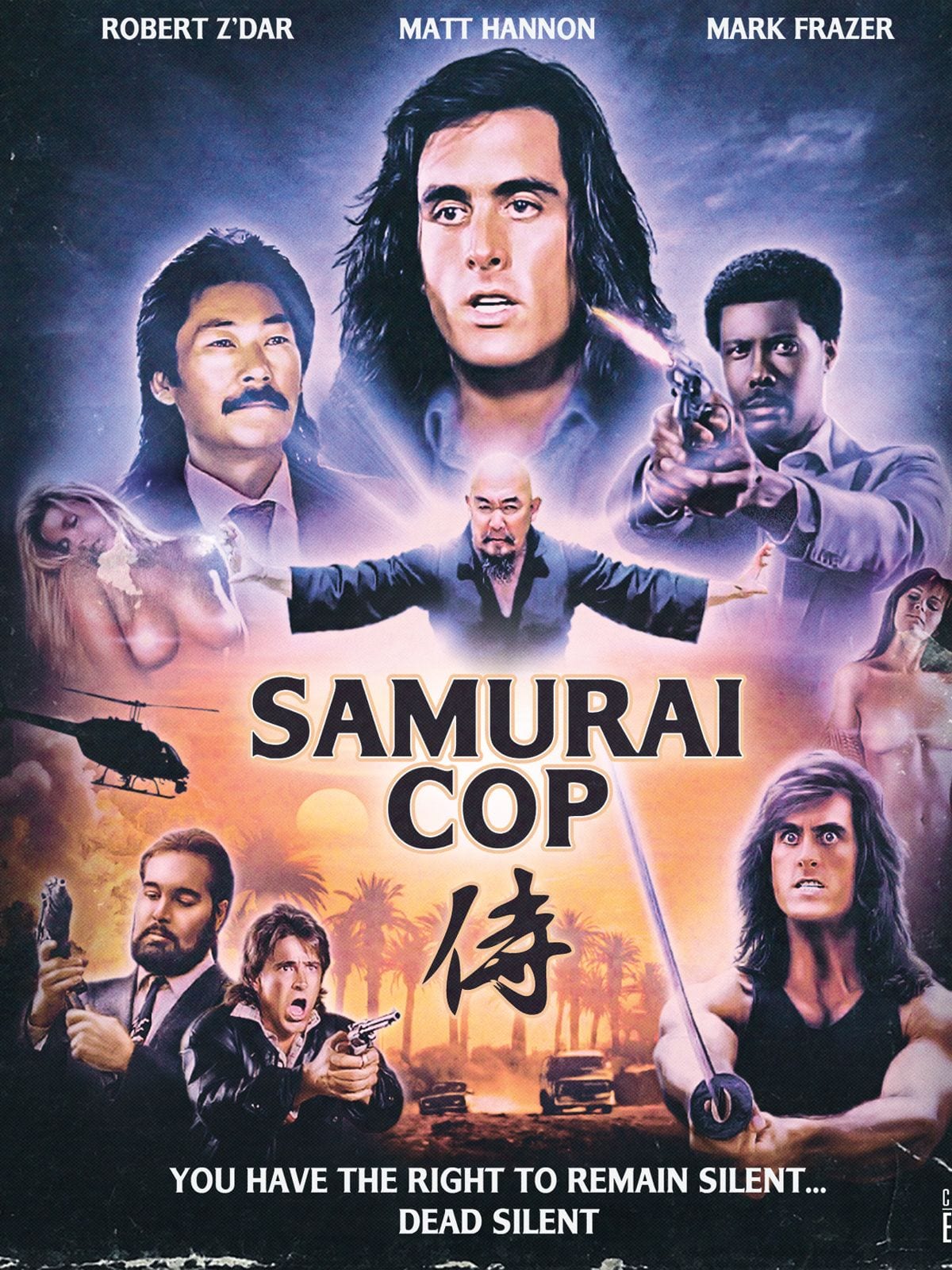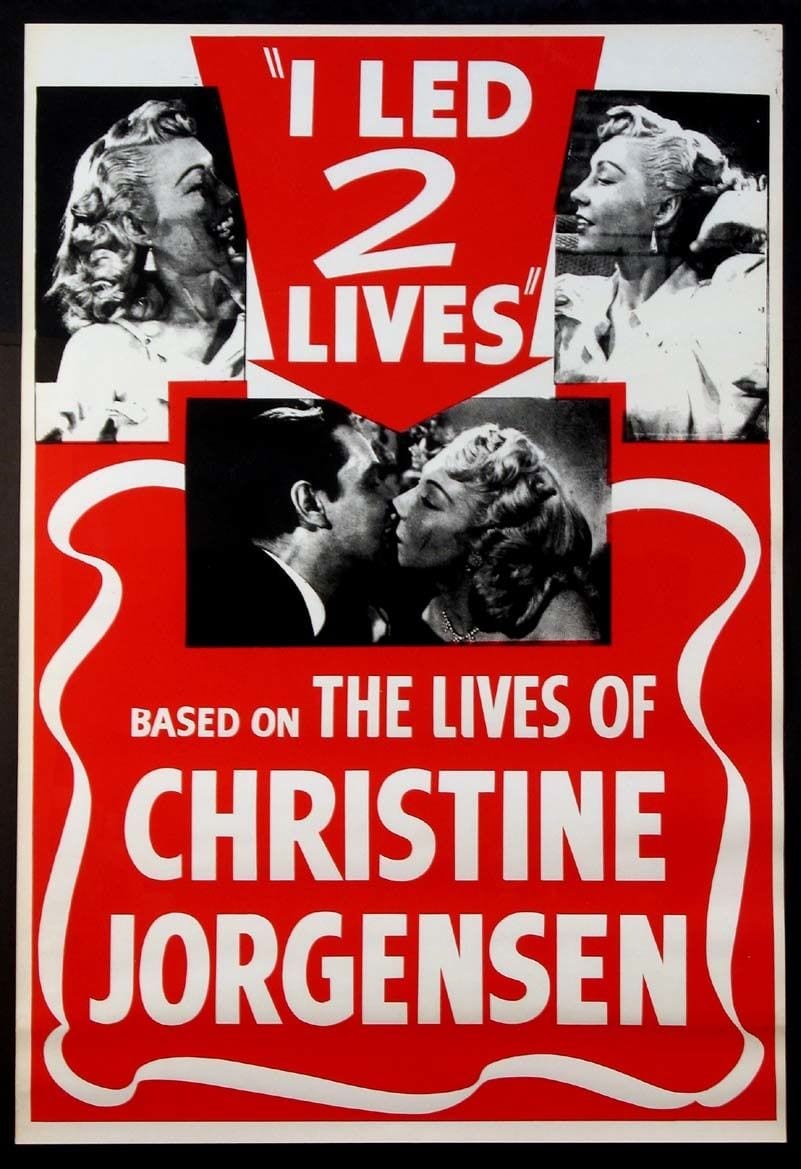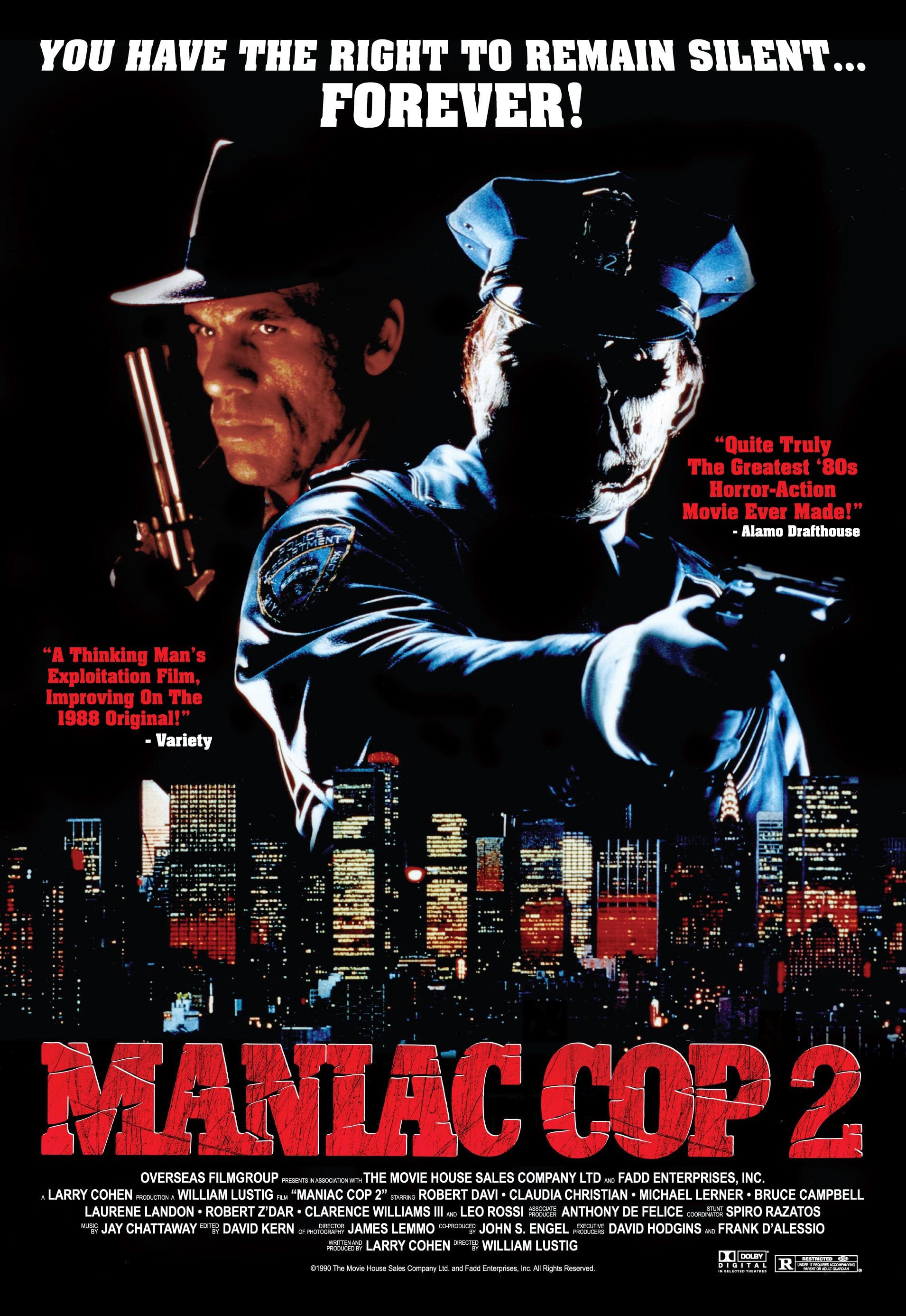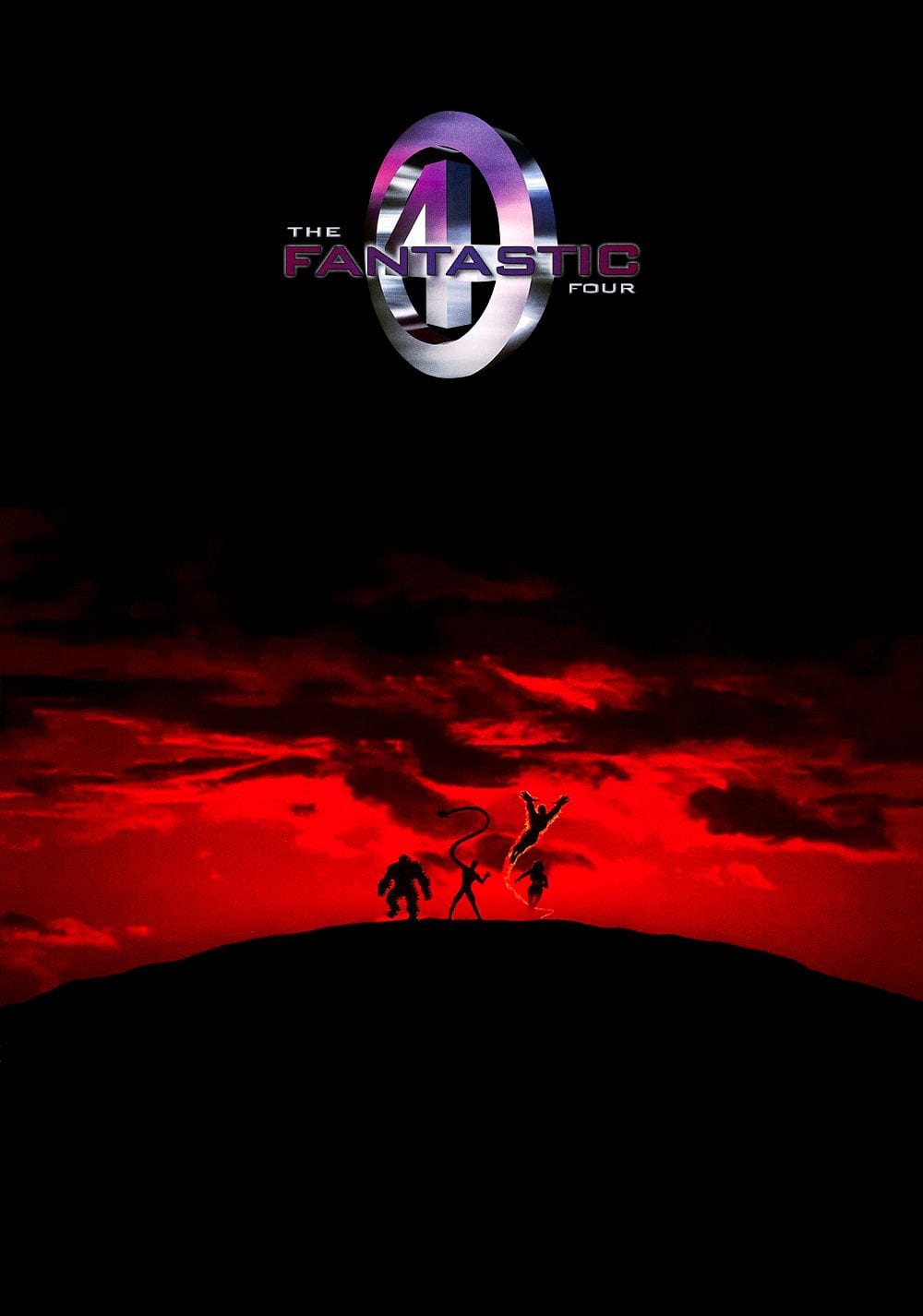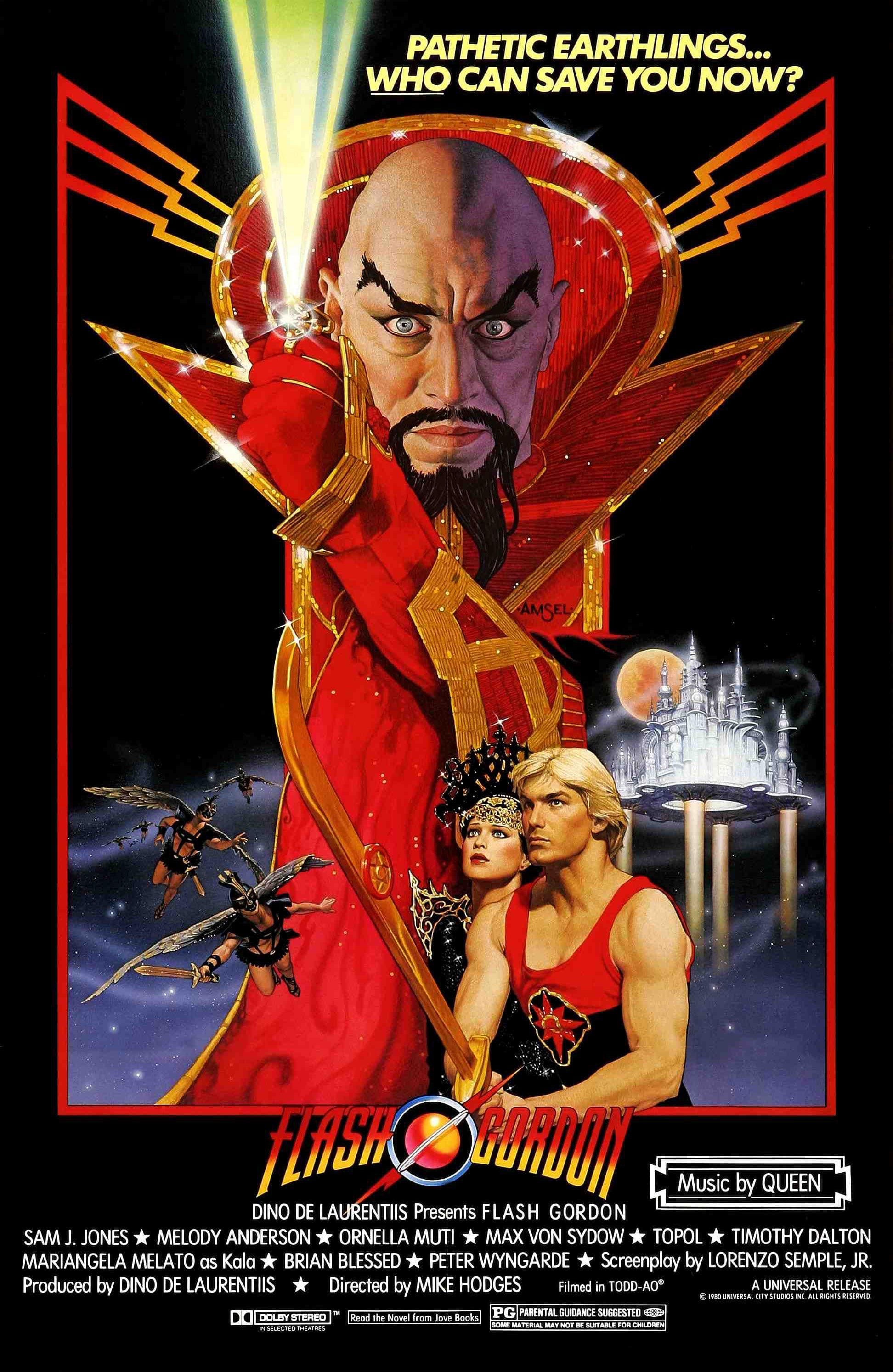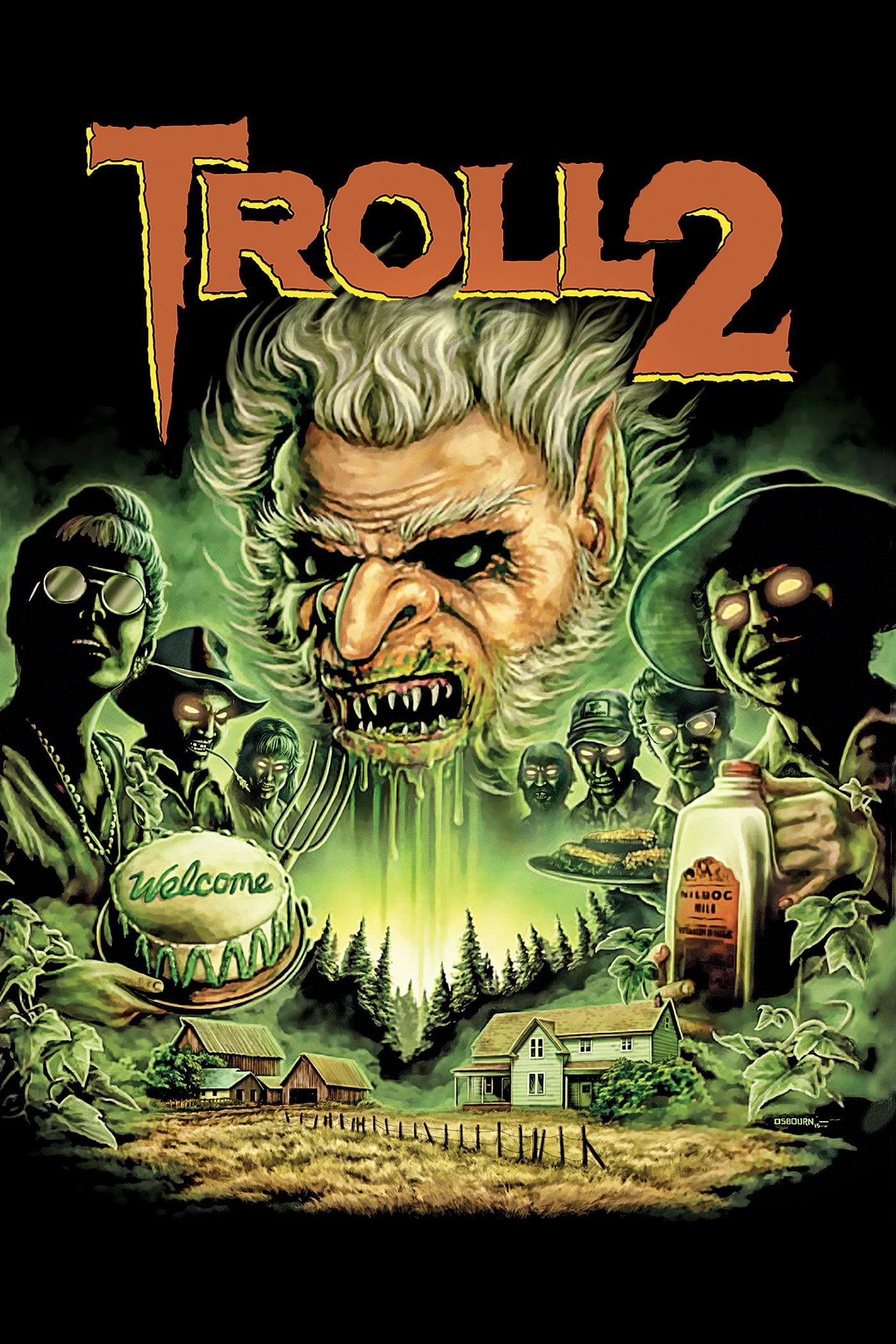Failure is what we’re told to avoid. However, few things can teach us more than falling flat on our faces. Failure can be a beautiful thing; the story of Icarus comes to mind. Of course, Daedalus is the one who gets out of that tale successfully, ostensibly the one we should emulate. But he doesn’t demonstrate the striving and failing that most of us are familiar with. Try, but you’ll likely fail. People will learn. And, eventually, you’ll learn.
This is why bad movies can continue to entertain despite being burdened with terrible acting, poor plotting, cheap effects, and questionable premises. There’s beauty in a failure, a type of grotesquerie that’s more present in our lives than the heights of success.
Sure, Orson Welles, Alfred Hitchcock, Stanley Kubrick, the Coen Brothers, and Kathryn Bigelow, among others, have all created films we love, envy, and enjoy. Those are the gods of Olympus. But humans were never meant to dwell there, and the failures and pleasures of “so bad-they’re-good” films comes into play, reminding us of our own frailties and uncertainties. Here are ten films that are genuine, sincere examples of our ambitions coming into contact with our limitations and the resulting fallout.

Samurai Cop [1991]
Crafted by Amir Shervan, an Iranian businessman and cinema owner, this film is both a rip-off of the highly popular Lethal Weapon series and a demonstration of the American Dream. Shervan, an Iranian immigrant, was plucky, constantly searching for funding for his films, calling in favors from friends to finish. Indeed, most of his sets are filmed in the homes of his buddies scattered through Southern California. Though he made the wonderfully goofy Hollywood Cop and the dour, claustrophobic (in a John Carpenter Assault on Precinct 13 sort of way) picture Killing American Style, it is Samurai Cop that is the epitome of his style.
A film held together with band-aids, with terrible color timing, questionable editing, and a shooting schedule put together by someone both financially and chronologically challenged, Samurai Cop is the ultimate bootstrap film. Yes, the lead wears a cheap wig after he cut his hair halfway through filming. Yes, most reverse shots were filmed in the director’s office, interspliced with shots from other locations. Yes, a goofy rubber arm that fools no one makes an appearance. Still, the fact that this film was finished, and ultimately released is a testament to the director’s savvy, even if it didn’t translate to the screen.
Glen or Glenda [1953]
Of course, Plan 9 from Outer Space is what most people know Ed Wood for. However, it was Glen or Glenda that cemented his reputation, for better or worse, as America’s premier purveyor of cinematic shlock. In a way, this is Wood’s most personal film, showcasing his affinity, and sympathy, for crossdressing and transvestites. It’s also personal because it is truly awful, filled with heavy-handed philosophizing, stock footage, out of place Bela Lugosi cameos, and pseudo-scientific explanations. The latter both offend and make the term ham-fisted an insult to pigs around the world.
Regardless, this is a transgressive film, decades ahead of its time, showing how sexuality isn’t a binary, but rather a spectrum. If made today, in a purportedly more enlightened time than the 1950s, perhaps it might have survived the harsh reaction is received. The message, maybe; the production, definitely not.
Mac and Me [1988]
Product placement has a big place in contemporary mainstream film. Movies cost money — a lot of money. A return on investment is not always guaranteed. To offset the high production costs, studios turn to big corporations, promising screen time for their products in return for some cash. When done well, it becomes largely seamless: for example, the occasional BMW logo or Subway cup in the background. When done poorly, e.g. Adam Sandler’s Jack and Jill, the film screeches to a halt to beam commercials to the audience.
Perhaps the most gratuitous — and earliest — example of blatant production places comes from Mac and Me, an E.T. rip-off from 1988. Filled with Spielbergian schmaltz without the Spielberg, the Mysterious Alien Creature (Mac), disguised in a bear costume (long story), mounts the counter at an impossibly clean and popular McDonald’s and delights the corporately calculated diverse crowd of customers with a dance number, complete with beauty shots of the employees, restaurant, and menu. Ronald McDonald is even there. This several-minute scene feels like five hours, as does the rest of the film, but there’s something almost charming about how utterly cynical and monetized this scene is in its single-minded devotion to picking the audience’s pockets. Typically, it’s hidden disingenuously, as if the art should come first. Here, there’s only honesty.
Maniac Cop 2 [1990]
Calling this film exploitative might be one of the biggest understatements there is. Exploitation films have a long history in B-cinema. Universally, they’re cheap. But, it’s that cheapness, and the workaround required by the budget, that makes the B-genre so engaging. Hacks abound, but still there’s talent, the epitome of ambition running into limitation. In William Lustig’s 1990 flick Maniac Cop 2, the exploitation genre, the hallmark of gritty, late night viewings at dingy theatres, gets a love letter. Featuring an undead cop that seeks revenge on criminals and cops alike, the film features cult icons Bruce Campbell, Robert Davi, and Robert Z’Dar as the titular character. Blood flows like water. People get set on fire and stay on fire for whole scenes.
Maniac Cop 2 might be one of the best examples of film imparting a type of cognitive dissonance in an audience: you’re entertained and disgusted simultaneously. You get to see plenty of Z’Dar’s infamous jawline, along with his nude haunches, in an oddly slowed down prison shower fight scene. Plus, it has the best tagline of any sequel, “You have the right to remain silent forever… again!”
Deadly Prey [1987]
Clichés, as David Foster Wallace noted, are, on the surface, lame and unexciting. Nevertheless, they express deep, terrible truths that resonate in the wider culture. They’ve just been said so many times that it is almost like saying water is wet. Deadly Prey is a movie totally comprised of clichés, those hailing from ’80s action movies in particular. There’s a plot, but it doesn’t matter. There’s a main character, complete with hard body and denim cut-offs required by ’80s masculinity, but who can remember his name? He’s Action Guy — that’s all you need to know.
What makes this film entertaining is just how derivative and cookie-cutter it is, while also being an utter distillation of everything that makes American action films work. Each element is predictable (except the shoehorned pathos of the ending) and you know exactly how scenes are going to play out — yet the purity of this rip-off is incredible. If you took First Blood, Die Hard, and Commando, rendered them down into a hyper-concentrated syrup, you’d have Deadly Prey.
Birdemic: Shock and Terror [2010]
Remakes require more authorial decision-making than most realize. Not only are you crafting a new film, but you’re also in conversation with what has come before. Take Birdemic: Shock and Terror: this 2010 low-budget horror remake is a direct rip-off of Alfred Hitchcock’s The Birds. Everything that made Hitchcock’s horror film a classic is lacking. Most of the dialogue is delivered in a way such that I question the literacy of the actors. The vague uncertainty of what caused the attacks on humans in Hitchcock is turned into a hackneyed environmental parable by director James Nguyen.
Essentially, the birds have a grudge against gas stations and cars and, sure, why not, explode upon impact when they propel themselves, missile-like, towards their target. The CGI and special effects wouldn’t even be groundbreaking if released alongside the original Tron decades ago. This is a classic film to laugh at, not with. But factoring in the back story of how Nguyen tirelessly hawked his film four years in the making, fully self-financing, and, after rejection at Sundance, running around anywhere he could promotional material (often misspelled or done in haste), you cannot help but admire the director’s courage and conviction, despite the awful results.
Fantastic Four (1994)
Superhero films are ATMs for studios; however, this wasn’t always true. Aside from the success of Richard Donner’s 1978 Superman, and Tim Burton’s 1989 Batman, the track record of superheroes on film was spotty at best. Not until the turn of the millennium did these films move from a curiosity to the central tent pole of the film industry. Still, studios, ranging from legitimate, Warner Bros., to the shady, Cannon Films, recognized the potential of superheroes as an intellectual property and potential moneymaker.
Enter Roger Corman, schlock B-movie expert, who was drafted by a German production company to helm a Fantastic Four film with almost no budget or any intention for distribution. Hilariously underfunded, filled with Corman’s signature cheesiness, the final product is still remarkable, combining a clear, coherent plot, with a genius-level ability to work around a production that defines shoestring. The only gripe is no one told the actors their work wouldn’t be legitimately released, only appearing as pirated DVDs at comic conventions.
The Room [2003]
This movie needs little introduction, as I must emphasize the quotation marks around the word “filmmaker” when applied to Tommy Wiseau. Still, this confusing domestic drama, with non sequitur plotting, thrift store sets, and a strange fixation for tossing around a football, is a bizarre achievement. True, there are parts that feel seedy and despicable, excuses for Wiseau (who is writer, director, part financier, and lead) to make-out and make love with his female co-lead, Juliette Danielle. But what this “film” does is present a singular vision of the world, filtered through Wiseau’s love of American cinema, especially the actor James Dean.
It’s a world that doesn’t make sense and fails at every level of narrative cohesion, performance, editing, and directing. Cheap green screen is prominently used and that’s probably the best metaphor to use in describing the film overall: it looks real, sort of, but everything is off. This is Wiseau’s vision: it’s beyond flawed, but it’s so unique that you cannot help but being fascinated by it. Staring transfixed at a car wreck is too weak of an image to use but, likely, it is the most accurate.
Flash Gordon [1980]
Look at that costuming. Isn’t it exceptional, demonstrating skill and craft? The sets, too: look at them, aren’t they great? The answer is yes to both. It looks great and, in most parts, feels real. Flash Gordon seems like a throwback to the classic cinema of MGM and Cecil B. DeMille, a time without much cinematic irony. But what’s it in service to?
Flash Gordon oozes camp. Now, that’s not a problem in itself; look at Adam West’s Batman series. It was campy in a purposeful way, with the crew in on the joke. Some fans might not have seen it that way, but the show knew what it wanted to be. By contrast, Flash Gordon doesn’t, feeling like a film dipping its toes into too many pools. Half of the production team got the memo, but the other half didn’t. Our hero is a meathead quarterback and dispatches space aliens with a football. There’s a flying barbarian man who sounds like Fred Flintstone doing Shakespeare and looks like Dom DeLuise, along with all the weird “orientalist” fantasies from the ’30s. Queen scored the film.
Individually, all of those sound awesome. Combined, however, it makes for hard swallowing. There’s charm aplenty here, but it’s buried beneath a hot/cold relation to its inherent camp and an overly swollen final production.
Troll 2 [1990]
If you ever wanted to see a movie made on another planet, Troll 2 will do the trick. Arguably the mother of so-bad-they’re-good movies, Troll 2 gets almost every single aspect of filmmaking wrong, starting with the title. Though a sequel, Troll 2 has no connection with the original. Importantly, it also features no trolls. I’m not sure what it features, beyond hilariously inept dialogue, plotting that feels like a “Choose Your Own Adventure” novel, and a score that closely resembles one heard in a NES game.
Part of this can be attributed to the production. An Italian film company with a limited understanding of English ran off to Utah and grabbed a bunch of Mormons, most of who weren’t actors, and tried to make an American-style horror film. The breakdown in communication is apparent. Beyond that, Troll 2 was made without anyone saying “no”. Considering all the layers a film needs to get through before the final product, from script writer, to producer, to casting director, to actor, to director of photography, to director, to editor, omitting several steps here and there, it is amazing that something this inept could ever have been produced.
Those making this film believed in it, though. This is a film without an ounce of self-awareness. That lack of inhibition manifests in an almost babes-in-the-woods level of innocence. Given how cynical the process of films can be, and the resulting films themselves, a lack of any of that is utterly refreshing, despite the laughable final product of Troll 2.
For more on the so-bad-it’s-good phenomenon, listen to PopMatters’ PopTalk podcast on the subject here.
* * *
This article was originally published on 17 June 2015.

